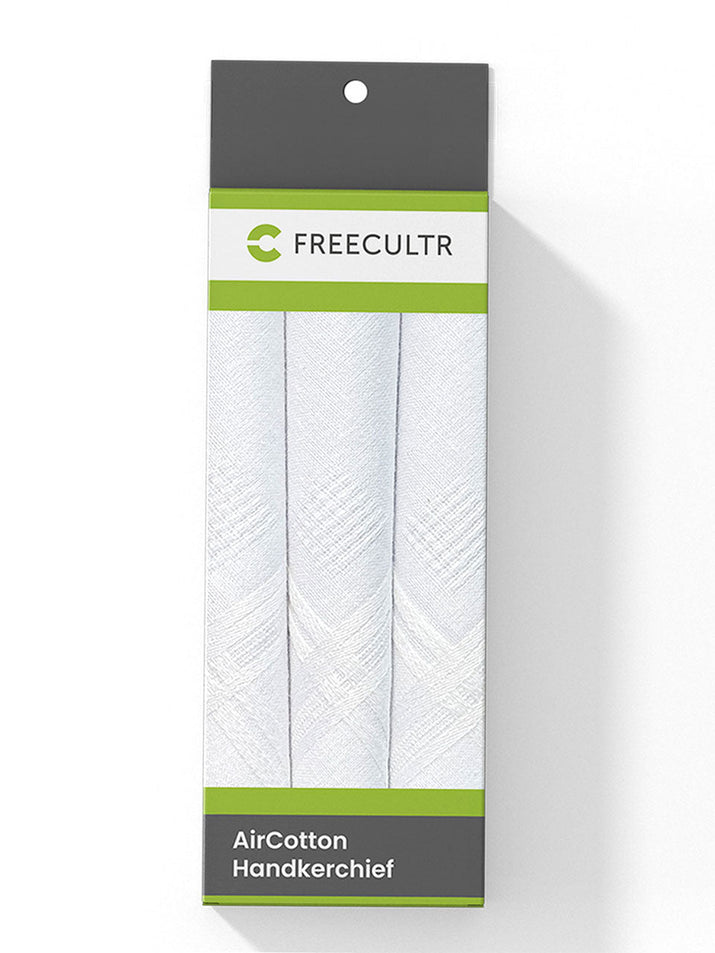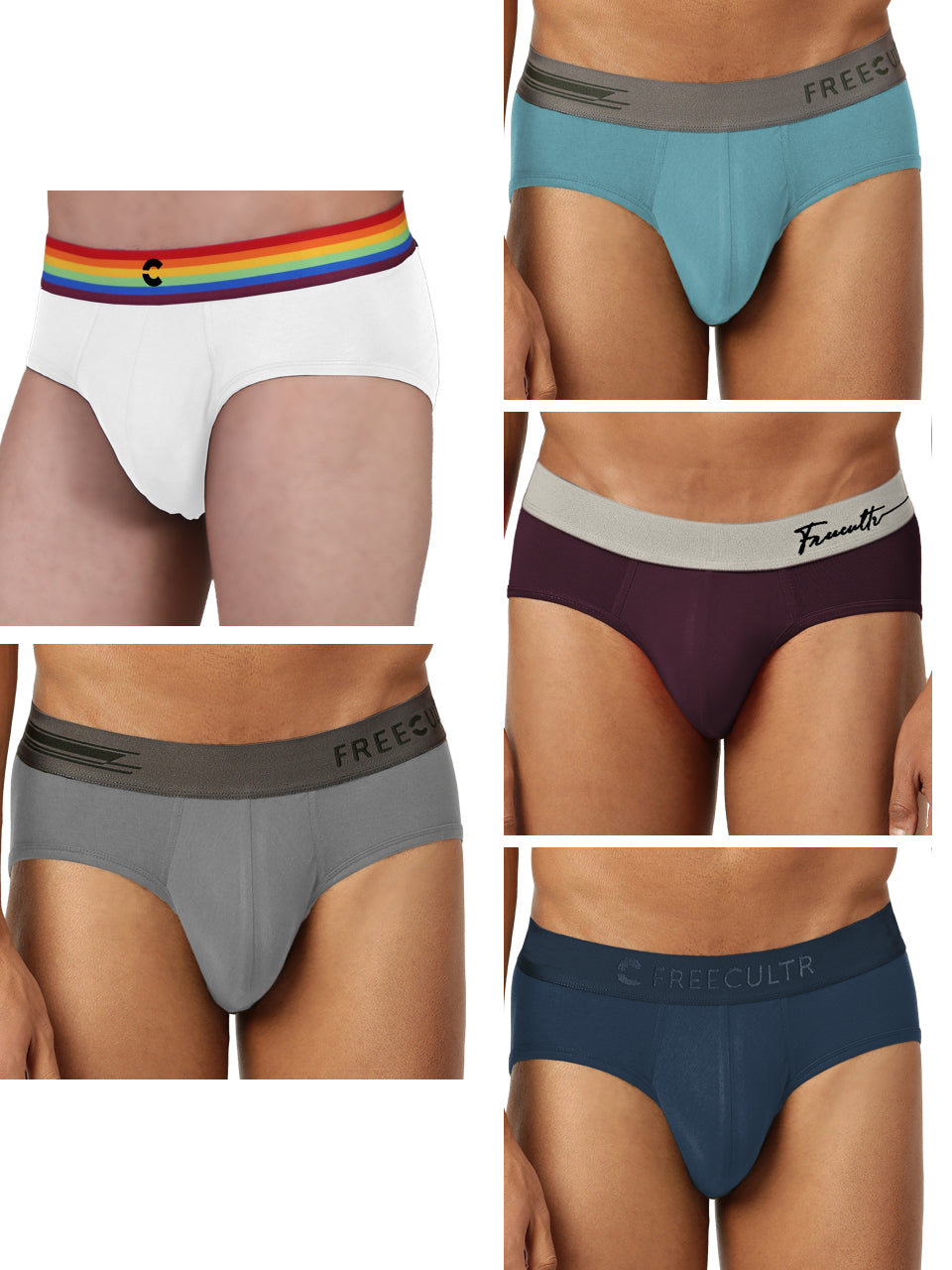Tired of sweat stinging your eyes mid-workout or that sticky feeling under your helmet on a long ride? You're not alone. Men are increasingly recognizing the performance benefits of moisture management, moving beyond purely aesthetic headwear. Today's bandanas, unlike their purely decorative predecessors, are engineered for serious sweat absorption and breathability. Think high-performance athletes utilizing advanced wicking fabrics to maintain focus and comfort during intense training. Forget cotton rags; we’re talking lightweight, quick-drying materials that actively draw moisture away from your skin, keeping you cool and comfortable whether you're crushing a personal best or tackling a tough trail. Discover how these modern bandanas are changing the game.

Understanding the Need for Sweat Absorption and Breathability
Men are increasingly turning to bandanas, not just as a fashion statement. As a practical accessory, especially when dealing with sweat and heat. Whether you're hitting the gym, working outdoors, or simply trying to stay comfortable on a hot day, the right bandana can make a significant difference. The key is understanding why sweat absorption and breathability are so crucial.
Sweat absorption refers to a fabric's ability to draw moisture away from the skin. This is crucial because when sweat sits on your skin, it can lead to discomfort, chafing. Even skin irritation. Breathability, on the other hand, is the fabric's ability to allow air to circulate. This helps to evaporate sweat and keep you cool. Without proper breathability, moisture gets trapped, leading to overheating.
The Science Behind Sweat-Wicking Fabrics
The effectiveness of a bandana for sweat absorption and breathability hinges on the type of fabric used. Here's a look at some common materials and their properties:
- Cotton: A natural fiber, cotton is known for its absorbency. It can soak up a good amount of sweat. It also tends to retain moisture, making it less ideal for high-intensity activities where quick-drying is essential.
- Polyester: A synthetic fiber, polyester is hydrophobic, meaning it repels water. This doesn't sound great for sweat absorption. Polyester fabrics are often engineered with special weaves and finishes that create a wicking effect, drawing moisture away from the skin.
- Microfiber: This is a very fine synthetic fiber, often made of polyester or nylon. Microfiber fabrics have a large surface area, which allows them to absorb more moisture than traditional fabrics. They are also quick-drying and breathable.
- Bamboo: A natural fiber derived from bamboo pulp, bamboo fabric is incredibly soft, absorbent. Breathable. It also has natural antimicrobial properties, which can help to prevent odors.
- Linen: Another natural fiber, linen is known for its exceptional breathability. It allows air to circulate freely, keeping you cool and comfortable in hot weather. But, it's less absorbent than cotton and can wrinkle easily.
The key to sweat-wicking fabrics is often in the weave. Fabrics with open weaves allow for better airflow, while those with tighter weaves may be more absorbent but less breathable. Many performance fabrics also incorporate special finishes that enhance their wicking properties. These finishes create a capillary effect, drawing moisture away from the skin and spreading it across the fabric surface for faster evaporation.
Comparing Bandana Materials: A Performance Perspective
Choosing the right bandana material depends on your specific needs and activities. Here's a comparison of the most popular options:
| Material | Sweat Absorption | Breathability | Drying Time | Best For |
|---|---|---|---|---|
| Cotton | High | Moderate | Slow | Low-intensity activities, casual wear |
| Polyester | Moderate to High (depending on weave) | Moderate to High (depending on weave) | Fast | High-intensity activities, sports |
| Microfiber | Very High | High | Fast | High-intensity activities, hot weather |
| Bamboo | High | High | Moderate | Everyday wear, sensitive skin |
| Linen | Moderate | Very High | Fast | Hot weather, casual wear |
Real-World Applications and Use Cases
Bandanas are incredibly versatile and can be used in a variety of situations. Here are some examples:
- Sports and Fitness: A sweat-wicking bandana can keep sweat out of your eyes during a workout, preventing distractions and improving performance. Look for polyester or microfiber options.
- Outdoor Work: If you work outdoors, a bandana can protect your head and neck from the sun and absorb sweat to keep you cool. Linen or bamboo are good choices for hot weather.
- Motorcycling: A bandana worn under a helmet can absorb sweat and keep your head dry and comfortable. Microfiber is a popular option for its absorbency and quick-drying properties.
- Fashion and Comfort: Bandanas can be a stylish accessory, adding a touch of personality to your outfit. Cotton or bamboo bandanas are great for everyday wear.
- Hair Control: Bandanas are useful to keep hair in place during workouts or outdoor activities.
Fashion & Comfort: Finding the Right Balance
While functionality is essential, style shouldn't be overlooked. Bandanas come in a wide variety of colors, patterns. Designs, allowing you to express your personal style while staying comfortable. Look for bandanas that are both functional and fashionable, so you can feel confident and comfortable in any situation. For example, a classic paisley bandana in a breathable cotton blend can be both stylish and practical for everyday wear. Or, a brightly colored microfiber bandana can add a pop of color to your workout gear while keeping you cool and dry.
I remember one summer working on a landscaping crew. The heat was brutal. I was constantly wiping sweat from my face. One of my coworkers suggested I try a bandana. I picked up a simple cotton bandana from the local store. While it helped a bit, it quickly became soaked and uncomfortable. That's when I started researching different materials and discovered the benefits of microfiber and polyester blends. The difference was night and day. I was able to stay cooler and drier. My productivity increased significantly.
Care and Maintenance for Longevity
To ensure your bandana lasts and performs well, proper care and maintenance are essential. Here are some tips:
- Wash Regularly: Wash your bandana after each use to remove sweat, dirt. Odors.
- Use a Mild Detergent: Avoid harsh detergents that can damage the fabric.
- Air Dry: Air drying is best to prevent shrinking and damage to the fibers. If you must use a dryer, use a low heat setting.
- Avoid Fabric Softeners: Fabric softeners can reduce the absorbency of some fabrics.
- Follow the Care Instructions: Always check the care label for specific instructions from the manufacturer.
By following these tips, you can keep your bandana clean, fresh. Performing at its best for years to come.
Conclusion
So, you're ready to conquer sweat and embrace style with a bandana. Remember, the key is choosing the right fabric. Opt for breathable materials like cotton or linen, especially when pushing your limits during workouts or outdoor adventures. I personally stash an extra bandana in my gym bag – saved me countless times during unexpected heat waves! Beyond practicality, bandanas are making a huge comeback on runways, often seen tied around necks or peeking out from under hats. Don't be afraid to experiment with different folds and knots to find your signature look. Accessorizing your bandana with accessories is a great way to stand out. Ultimately, a bandana is more than just a piece of cloth; it's a versatile tool that can enhance your comfort and express your individuality. So go ahead, embrace the trend, stay cool. Make it your own! To explore various ways to style it, check out resources online. RealMenRealStyle has some great tips.More Articles
Bandana – Multi-Purpose & Trendy AccessoryTees – Soft Cotton & Durable Fabric
Briefs – Breathable Cotton & Tagless Comfort
Men's Trunks – Quick Drying & Comfortable Waistband
FAQs
So, what's the big deal with bandanas for sweat? Really?
Okay, think of it like this: a good bandana is like a personal sweat sponge for your forehead. It absorbs moisture before it drips into your eyes (super annoying, right?) and keeps your hair out of your face. Plus, it can actually help you feel cooler as the sweat evaporates from the fabric.
What kind of material should I be looking for if I want something breathable AND good at soaking up sweat?
Great question! Natural fibers like cotton are generally pretty good at absorbing sweat. They can get heavy and stay wet for a while. For the best of both worlds, look for bandanas made from moisture-wicking synthetics like polyester or blends that include breathable materials like bamboo or linen. These will pull sweat away from your skin and dry faster.
Are all bandanas created equal? I see them everywhere from gas stations to sporting goods stores.
Definitely not! The quality of the fabric and the construction makes a HUGE difference. A cheap bandana might be scratchy, fade quickly. Not absorb sweat very well. Investing in a slightly higher-quality bandana made with better materials is totally worth it in the long run.
How do I even wear one of these things without looking like I'm auditioning for a pirate movie?
Haha, fair point! There are tons of ways to wear a bandana. For sweat absorption, the classic forehead tie is popular – just fold it into a strip and tie it around your head. You can also wear it as a headband, a neckerchief, or even tie it to your bag. Experiment and find what works for you and your style!
Will a bandana really help keep me cool during a workout or on a hot day?
Absolutely! By absorbing sweat and allowing it to evaporate, a bandana can definitely help you feel cooler. It's not a magic bullet. It's a simple and effective way to manage sweat and stay a bit more comfortable in the heat.
How often should I wash my bandana? I'm guessing after every sweaty use?
Yep, you got it! Just like your workout clothes, you should wash your bandana after every use, especially if you've been sweating a lot. This will prevent it from getting smelly and gross and help it last longer. Use mild detergent and avoid harsh chemicals that could damage the fabric.
Okay, so where's the best place to find a good quality, sweat-wicking bandana for men?
You can find good bandanas at sporting goods stores, outdoor retailers. Even online. Look for brands that specialize in athletic wear or outdoor gear, as they're more likely to use high-quality, moisture-wicking materials. Reading reviews can also help you find a bandana that's right for you.






